Disclosure: This article contains affiliate links. We may earn a commission from purchases at no extra cost to you, which helps our travel content.
Standing at the edge of Izmir's azure coastline last spring, I couldn't help but feel like I was perched at the crossroads of human civilization. This western Turkish city—once known as Smyrna—has witnessed the ebb and flow of empires for millennia, each leaving their mark like layers in sedimentary rock. After three decades analyzing municipal budgets in Riverside, these ancient fiscal systems and architectural achievements speak to me in a language few might understand. My analytical mind finds profound satisfaction in tracing how these civilizations allocated resources to create structures that have outlasted their creators by thousands of years. With my trusty weathered daypack and a carefully planned budget of 400 Turkish Lira per day (approximately $45), I set out to explore the historical treasures surrounding Izmir—proving that retirement is just the beginning of life's greatest adventures.
Ephesus: Where Ancient Streets Still Tell Stories
Of all the historical sites I've navigated in my post-budget analyst life, Ephesus stands as the crown jewel of western Turkey. Just an hour's drive south of Izmir, this remarkably preserved ancient city offers what few sites can—a genuine sense of how daily life unfolded two millennia ago.
Walking the marble-paved Curetes Street, I found myself unconsciously stepping around cart ruts worn into stone by countless ancient wheels. The Library of Celsus rises before you with mathematical precision, its façade a testament to Roman architectural ingenuity. What struck me most wasn't just the grandeur but the practical urban planning—the terraced houses with sophisticated heating systems, advanced aqueducts, and public latrines that would make some modern facilities seem primitive.
The Great Theater, with seating for 25,000, still carries whispers of ancient performances. I sat there one quiet morning, watching the early light illuminate the stage, and calculated that at capacity, this venue could hold roughly the entire population of my hometown neighborhood in Riverside.
A full exploration requires substantial walking—I logged over 15,000 steps that day. The Turkish spring sunshine can be deceptively strong, so protection is essential. My wide-brimmed sun hat has accompanied me from Japanese fishing villages to Southeast Asian coastlines, and it proved invaluable here as well.

💡 Pro Tips
- Visit early morning (before 10am) or late afternoon (after 3pm) to avoid both cruise ship crowds and midday heat
- The Terrace Houses require a separate ticket but are absolutely worth the extra cost for their intact mosaics and frescoes
- Wear sturdy walking shoes—the ancient marble streets become extremely slippery when worn smooth by millions of visitors
Pergamon: The Acropolis That Rivals Athens
Perched dramatically atop a steep hill overlooking the modern town of Bergama, Pergamon demands both physical exertion and analytical appreciation. This former Greek and Roman cultural center houses one of antiquity's most impressive architectural achievements—a theater carved into the hillside at a dizzying 45-degree angle.
Unlike my budget analyst days where spreadsheets were my terrain, navigating Pergamon requires careful footing and a respect for heights. The cable car offers a convenient ascent for 75 TL round trip, but I opted for the winding footpath, applying my fiscal conservatism to save for a special dinner later in Izmir's harbor district.
What makes Pergamon exceptional is its dramatic setting. The Temple of Trajan commands views across the fertile plains that once fed this mighty city. Standing there, I couldn't help but calculate the agricultural output required to sustain such an advanced urban center—my municipal analyst brain never truly retires.
The Pergamon Altar's absence (now in Berlin's Pergamon Museum) creates a curious void, but the remaining foundations help visualize its original grandeur. The medical center of Asclepion, located separately at the base of the hill, provides fascinating insights into ancient healing practices—some surprisingly sophisticated, others amusingly superstitious.
Bring your compact binoculars to fully appreciate both the architectural details and the sweeping landscapes that made this strategic location so valuable to successive civilizations. Mine have survived countless adventures from coastal Southeast Asia to American highway journeys, and they're essential for appreciating distant details that the naked eye might miss.
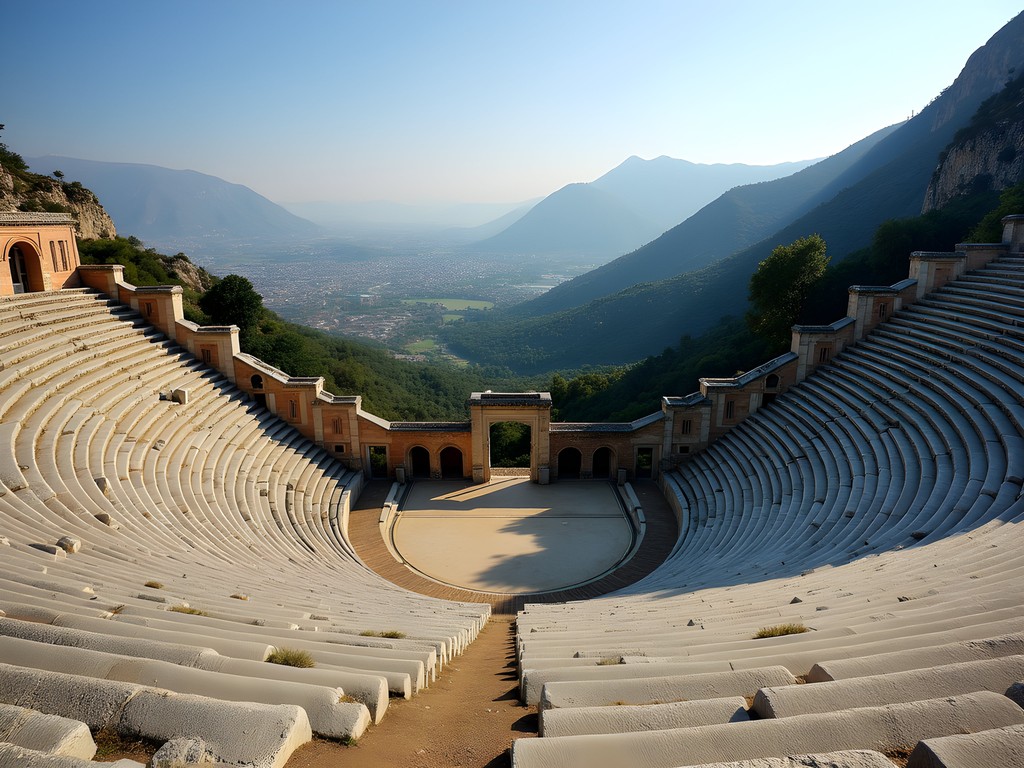
💡 Pro Tips
- Visit Pergamon and the Asclepion on the same day, but start with the hilltop acropolis in the morning when temperatures are cooler
- The site is vast and exposed—bring at least 1.5 liters of water per person
- Consider hiring a guide (approximately 400 TL for 2-3 hours) to understand the complex political history that shaped this remarkable city
Sardis: Treasury of Lydia's Ancient Kings
My fascination with ancient monetary systems made Sardis an unmissable destination. Located about a two-hour drive east of Izmir, this site was the capital of the Lydian kingdom—birthplace of the world's first standardized coins. As someone who spent decades analyzing municipal finances, standing where currency was essentially invented felt like visiting hallowed ground.
Sardis offers a unique blend of Greek, Roman, Byzantine, and Lydian influences. The Temple of Artemis stands partially reconstructed, its massive columns providing a sense of scale that photographs simply cannot capture. The Byzantine shops and synagogue feature remarkably intact mosaic floors depicting maritime motifs that resonated with my passion for marine conservation.
What distinguishes Sardis from other sites is its relative tranquility. While Ephesus processes thousands of visitors daily, I encountered fewer than twenty people during my entire visit to Sardis. This allows for unhurried contemplation and photography without crowds disrupting your sight lines or experience.
The gymnasium complex and Roman bath house demonstrate sophisticated engineering—the hypocaust heating system would be considered advanced even by today's standards. I spent nearly an hour examining how the ancient engineers had created sustainable climate control using nothing but fire and airflow principles.
The site museum houses artifacts including those early Lydian coins—small, unassuming electrum lumps that revolutionized commerce. As I studied them through the display glass, I couldn't help but think how these primitive currency units eventually evolved into the complex financial systems I once managed.
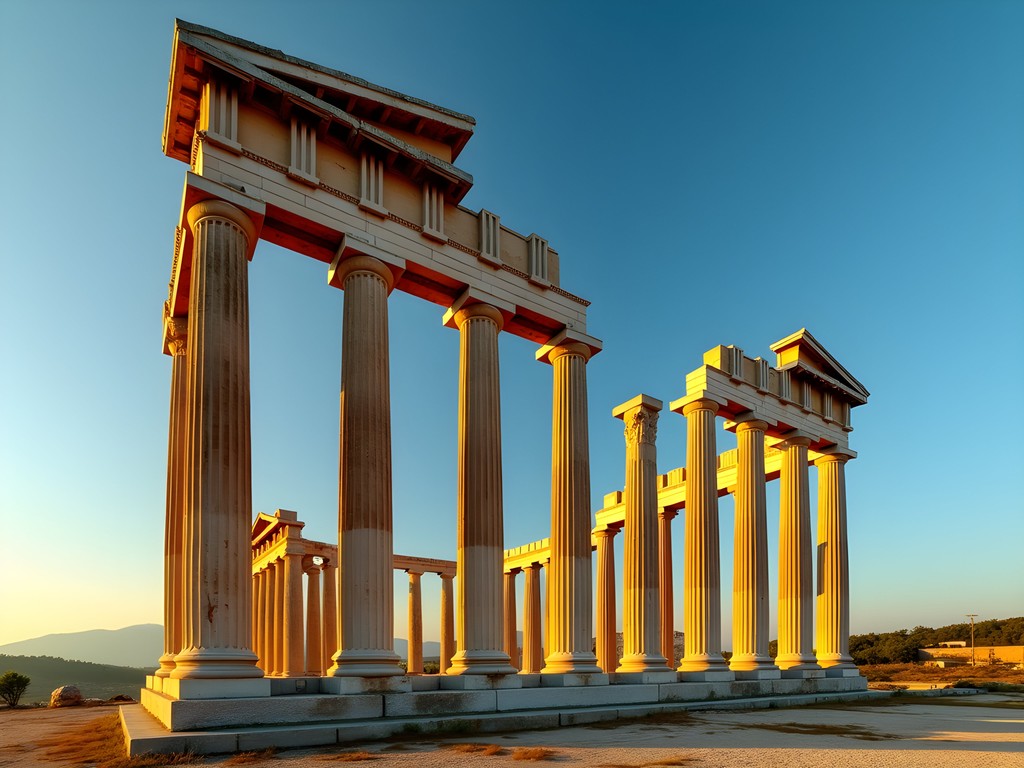
💡 Pro Tips
- Combine Sardis with a visit to nearby Thyatira for an efficient day trip from Izmir
- The site is spread out—wear comfortable walking shoes and bring snacks as there are limited food options nearby
- Visit the small archaeological museum first to understand the significance of what you'll be seeing at the main site
Hierapolis and Pamukkale: Where History Meets Natural Wonder
Perhaps the most visually stunning combination of historical significance and natural beauty lies three hours southeast of Izmir at Hierapolis-Pamukkale. This UNESCO World Heritage site marries an extensive Greco-Roman city with nature's own architectural marvel—terraced calcium carbonate pools that cascade down the mountainside like a frozen waterfall.
Hierapolis itself was built as a thermal spa city, capitalizing on the same mineral-rich waters that create Pamukkale's white terraces. The ancient engineers—much like modern municipal planners I once collaborated with—recognized the economic potential of natural resources when properly developed.
The city's necropolis (cemetery) stretches for nearly two kilometers, containing over 1,200 tombs ranging from simple sarcophagi to elaborate family mausoleums. The inscriptions tell stories of merchants, doctors, and civic officials—people not unlike those I worked with in Riverside, just separated by two millennia.
The crown jewel of Hierapolis is its remarkably preserved theater, offering panoramic views across the Lycus Valley. Its acoustics remain so perfect that even a whisper on stage can be heard throughout the seating area—ancient audio engineering that puts some modern venues to shame.
The Antique Pool (at an additional cost of 200 TL) allows visitors to swim among submerged ancient columns—a surreal experience I've found nowhere else in my travels. The warm, mineral-rich waters supposedly offer health benefits, though my analytical mind remains skeptical of some claims.
Capturing the ethereal beauty of Pamukkale's white terraces requires proper equipment. My polarizing filter proved invaluable for managing reflections on the calcium-rich waters, allowing me to photograph both the natural formations and the ancient ruins with professional-looking results.

💡 Pro Tips
- Visit Hierapolis first in the early morning, then enjoy Pamukkale's pools in the afternoon when the lighting creates the most dramatic effect on the white calcium formations
- Bring water shoes for walking in the terraces—they protect your feet while providing necessary traction on the slippery surfaces
- The site is enormous—allocate at least 5-6 hours for a proper visit of both the natural and historical attractions
Smyrna Agora: History Beneath Modern Izmir
Not all historical treasures require a day trip from Izmir. The ancient city of Smyrna—predecessor to modern Izmir—left its mark directly in the urban center. The Agora (marketplace) of Smyrna stands as a remarkable open-air museum surrounded by contemporary buildings and busy streets.
Unlike the carefully manicured archaeological parks outside the city, the Agora offers a more authentic glimpse into how ancient infrastructure becomes integrated with modern development. The juxtaposition reminds me of budget meetings where we'd discuss how to preserve historical structures while accommodating growth—a universal challenge across millennia.
The site's most impressive feature is its remarkably intact basement level, where a series of vaulted chambers and water channels demonstrate sophisticated urban engineering. Walking through these passages, I marveled at the precision stone cutting and architectural knowledge that allowed these structures to withstand numerous earthquakes over two thousand years.
The Agora's central location makes it ideal for budget travelers. At just 60 TL entrance fee, it offers exceptional value while allowing you to combine historical exploration with modern amenities nearby. I found a delightful local çay (tea) garden just across the street where I could rest and organize my notes after exploring—something not always possible at remote archaeological sites.
While less grandiose than Ephesus or Pergamon, the Agora provides something they cannot—a direct connection between past and present urban development. As someone who analyzed municipal growth patterns for decades, I found profound meaning in observing how modern Izmir grew around and incorporated its ancient predecessor.
For photography in these challenging light conditions (bright sun outside, dark corridors inside), my travel tripod proved essential for capturing the architectural details without blur. Lightweight enough for my carry-on yet sturdy enough for long exposures, it's been my trusted companion from Japanese fishing villages to American highway adventures.
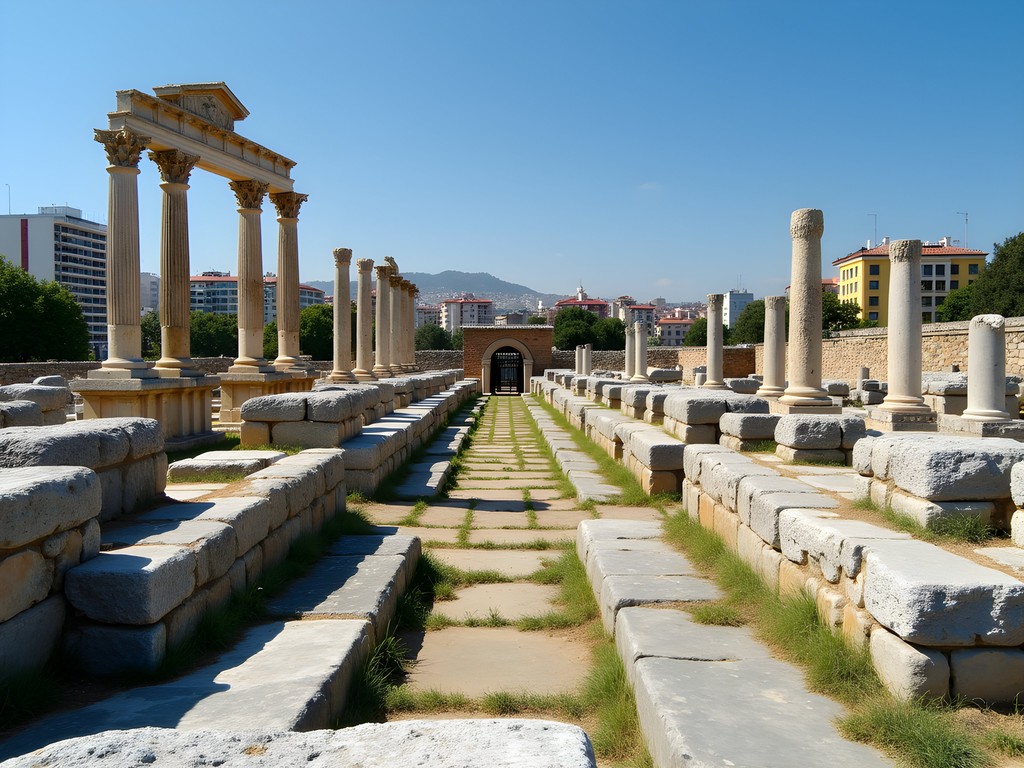
💡 Pro Tips
- Visit on weekdays before noon to avoid school groups that frequently tour the site
- Look for the ancient graffiti scratched into columns—including games boards used by merchants between customers
- The basement level offers welcome relief from summer heat, but bring a flashlight to appreciate details in the dimmer sections
The Hidden Gems: Five Lesser-Known Historical Sites
While the major archaeological parks deservedly attract attention, my analytical approach to travel always involves seeking efficiency and value—finding sites that offer historical significance without the accompanying crowds. These five lesser-known locations around Izmir provide exactly that balance:
1. Teos Ancient City
This overlooked coastal site south of Izmir was once home to an artists' guild and features a well-preserved theater and Temple of Dionysus. During my visit, I encountered only two other travelers, allowing for unhurried exploration and photography. The entrance fee of just 30 TL makes it a remarkable budget option.
2. Claros Oracle Center
Near modern Ahmetbeyli, this ancient oracular center rivals Delphi in historical significance but sees a fraction of the visitors. The partially submerged temple where priests once delivered prophecies creates a haunting atmosphere, particularly in late afternoon light when the stone takes on a golden hue.
3. Metropolis
Located near Torbalı, Metropolis offers well-preserved Roman baths, a theater, and a surprisingly intact stoa (covered walkway). What fascinated my budget-trained mind was evidence of ancient commercial infrastructure—shops with still-visible product displays and transaction counters.
4. Phokaia (Foça)
This coastal settlement north of Izmir was once a major maritime power. Today, its ancient walls blend with a charming fishing village where I discovered a waterfront speakeasy-style tavern serving remarkable seafood dishes prepared using techniques dating back centuries.
5. Notion
Perched dramatically above the Aegean, this lesser-known site features a theater with arguably the most spectacular sea views in all of Turkey. The Temple of Athena stands partially reconstructed, while the ancient harbor facilities demonstrate advanced maritime engineering that speaks to my interest in coastal conservation.
Navigating these less-frequented sites often requires detailed maps that function offline. My hiking GPS has proven invaluable for pinpointing exact locations, especially when road signs are limited or Google Maps proves unreliable in remote areas.

💡 Pro Tips
- Combine several smaller sites into thematic day trips—coastal settlements one day, inland oracular centers another
- Many lesser sites have irregular or seasonal opening hours—always call ahead to confirm
- Bring your own water and snacks as amenities are often limited or non-existent at these locations
Final Thoughts
As I stood at Kadifekale—Izmir's ancient castle hill—watching fishing boats navigate the same harbor patterns established millennia ago, I reflected on how these archaeological treasures had shifted my perspective. The municipal budget cycles I once tracked seem fleeting compared to the enduring fiscal legacies of these ancient civilizations. Their public works projects have outlasted their governments by thousands of years—perhaps the ultimate return on investment.
Izmir and its surrounding historical sites offer a rare combination of accessibility, affordability, and profound historical significance. Whether you're drawn to monumental architecture, engineering achievements, or simply connecting with the human stories embedded in ancient stones, this region delivers exceptional value for the historically curious traveler.
As I prepare to return to my adopted home in Kyoto, I carry with me not just photographs but a deeper appreciation for how civilizations allocate resources to create lasting impacts. The ancients have much to teach us about sustainability, urban planning, and fiscal responsibility—lessons that transcend time and continue to echo across these remarkable landscapes.
✨ Key Takeaways
- Spring offers the ideal balance of pleasant weather and manageable crowds at Izmir's archaeological sites
- Combining major sites with lesser-known locations provides a more comprehensive understanding of ancient western Turkey
- Many sites offer significant senior discounts (65+) with proper ID—always ask about age-based pricing
- Early morning visits not only avoid crowds but provide the best lighting for both appreciation and photography
📋 Practical Information
Best Time to Visit
Mid-April to early June, September to October
Budget Estimate
$45-60 per day excluding accommodation
Recommended Duration
7-10 days
Difficulty Level
Moderate

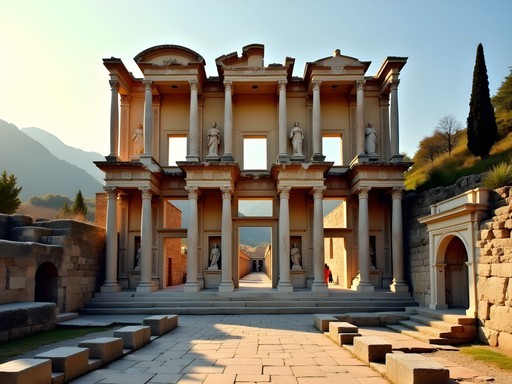
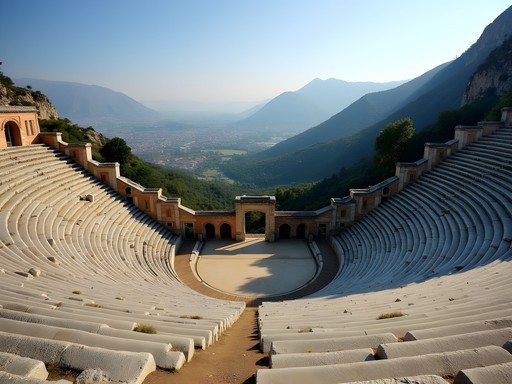
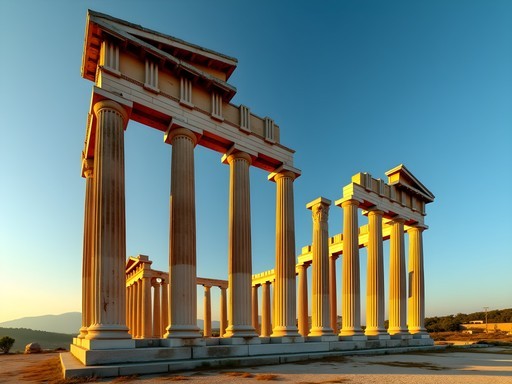
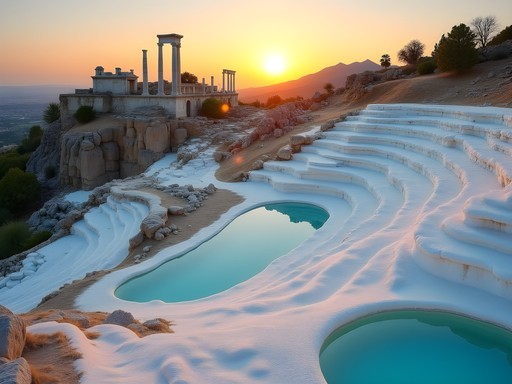
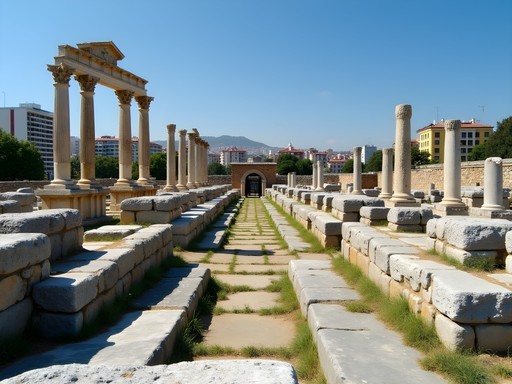
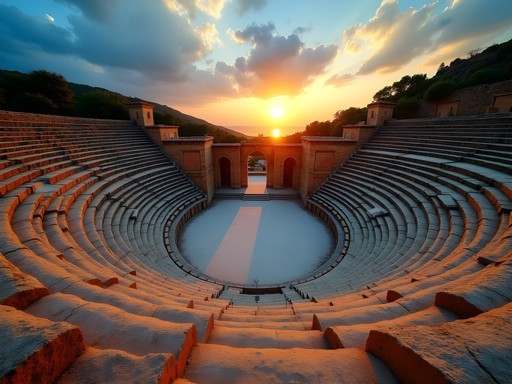


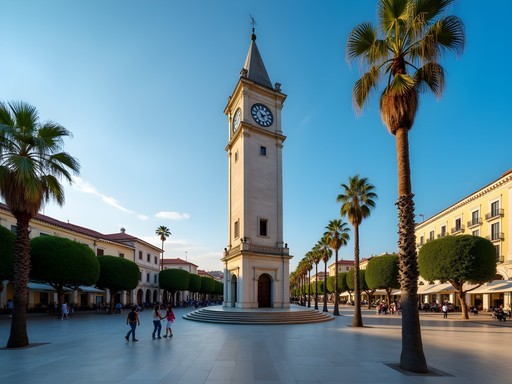






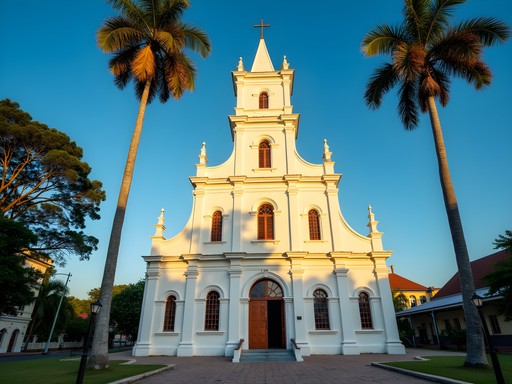
Comments
freeone
That shot looking down from Kadifekale castle is perfect! Great composition with the bay in the background.
Lillian Diaz
John, your post couldn't have come at a better time! I'm planning my Turkey trip for next spring and Izmir is definitely on the itinerary now. I've been to Istanbul twice but never made it to the western coast. The way you described Sardis really caught my attention - those lesser-known sites often provide the most authentic experiences. I'm wondering if three full days is enough to cover the main historical sites around Izmir? I'm a bit of a history nerd and love to take my time. Also planning to bring my travel journal to sketch some of these incredible ruins. Your photo of the Pergamon Acropolis literally made me gasp!
adventureseeker
I'd definitely recommend more than 3 days if you're a history buff. We spent 5 days and still didn't see everything!
Lillian Diaz
@adventureseeker Thanks for the tip! Maybe I'll extend to 5 days then. Any specific site that was your favorite?
adventureseeker
Ephesus was incredible but honestly Pergamon surprised me the most. The setting is just spectacular and fewer tourists made it special.
sunsetmaster
Don't miss the Terrace Houses in Ephesus! Worth the extra ticket price!
dreamone
That shot of Pamukkale is incredible! Adding this to my travel plans ASAP!
adventureseeker
Planning to visit in February - is that a good time to see these sites or would spring be better? Worried about weather but also want to avoid peak tourist season.
sunsetmaster
I went in March and it was perfect! Mild weather and way fewer tourists than summer.
Fatima Sims
John, this brought back so many memories! I visited Izmir last fall and was completely mesmerized by Ephesus. The Library of Celsus at sunset is something I'll never forget. One tip for anyone planning to visit: go early in the morning or late afternoon to avoid both the crowds and the intense midday heat. I actually found taking the local dolmuş (minibuses) between sites surprisingly easy and much cheaper than organized tours. The locals were incredibly helpful despite the language barrier - just show them the name of your destination written down!
freeone
We did the public transportation too and it was great! So much cheaper than the tours.
Fatima Sims
@freeone Exactly! And you get to experience a bit of local life that way too. Did you make it to Pergamon?
freeone
Yes! The theater built into the hillside was mind-blowing. Worth the extra travel day for sure.
escapewanderer
Wow! Ephesus has been on my bucket list forever! Your photos are absolutely stunning!
PhotoFanatic
That sunset shot of Kadifekale is absolutely stunning! What time of day did you take it?
Scarlett Bryant
John, excellent roundup of Izmir's historical treasures! Having visited these sites multiple times for my business travel blog, I'd add that shoulder season (April-May or September-October) offers the perfect balance of good weather and manageable crowds. For business travelers with limited time, I always recommend prioritizing Ephesus and Pergamon if you can only pick two. The acoustics in Ephesus's theater are still so perfect you can hear a whisper from the stage all the way in the back row - a testament to Roman engineering that modern conference centers still try to emulate!
SunnyDayTripper
Thanks for the seasonal tips! Planning for October now instead of August after reading this!
HistoryNerd42
Great post! Pergamon was definitely my favorite - that library once held 200,000 scrolls! Mind-blowing.
Venture X
Premium card with 2X miles, $300 travel credit, Priority Pass